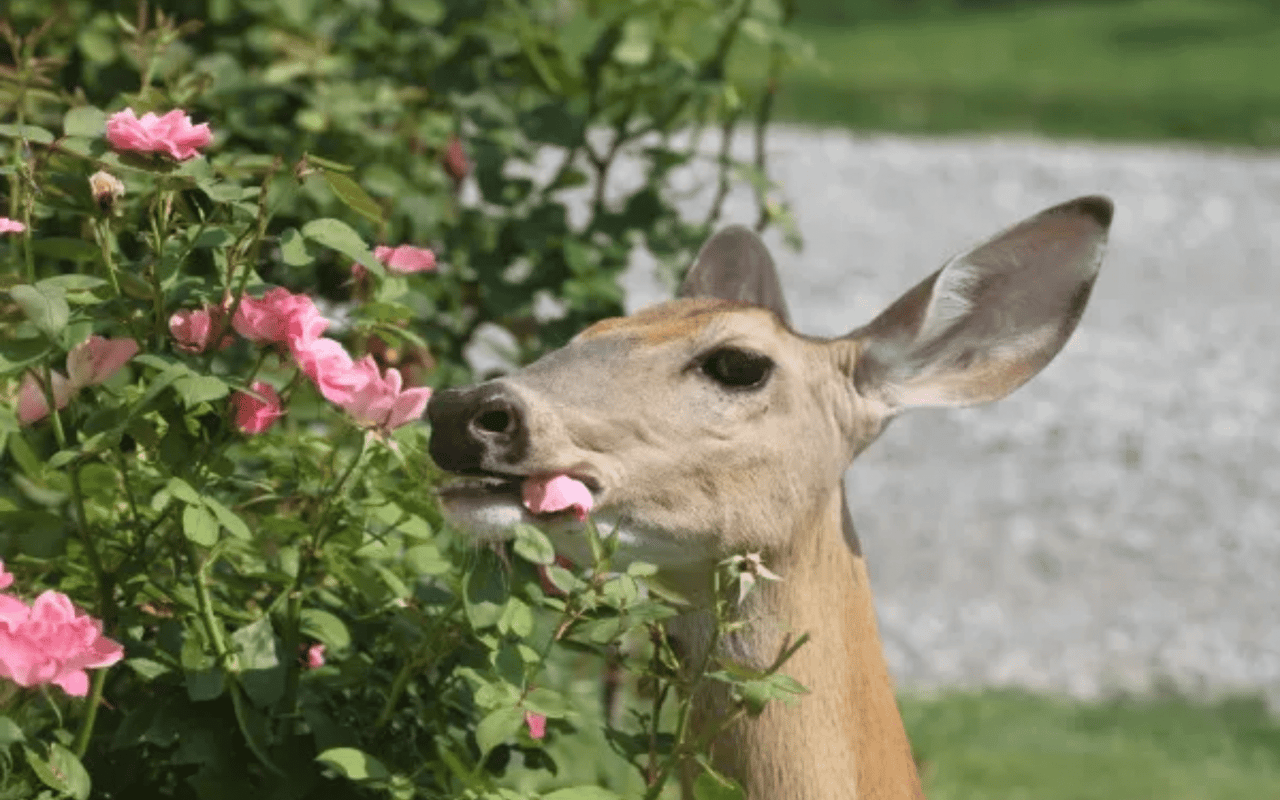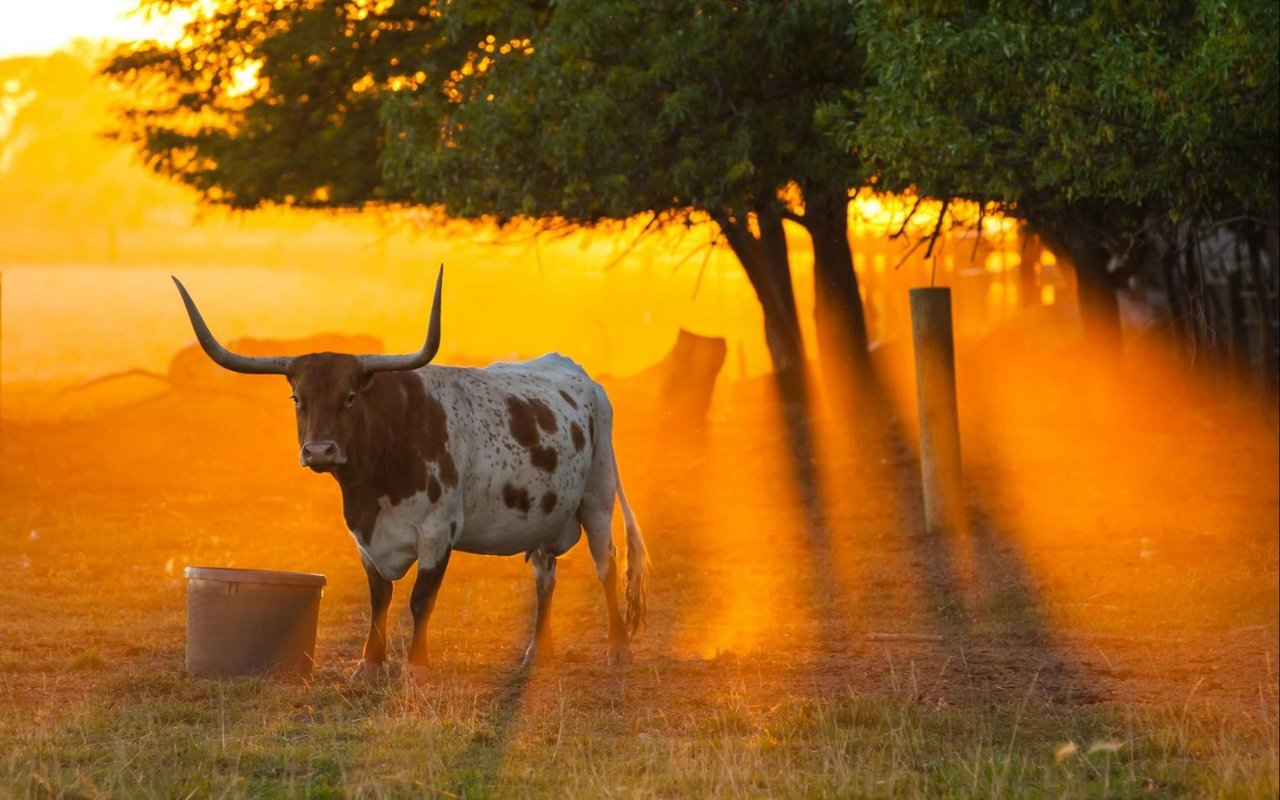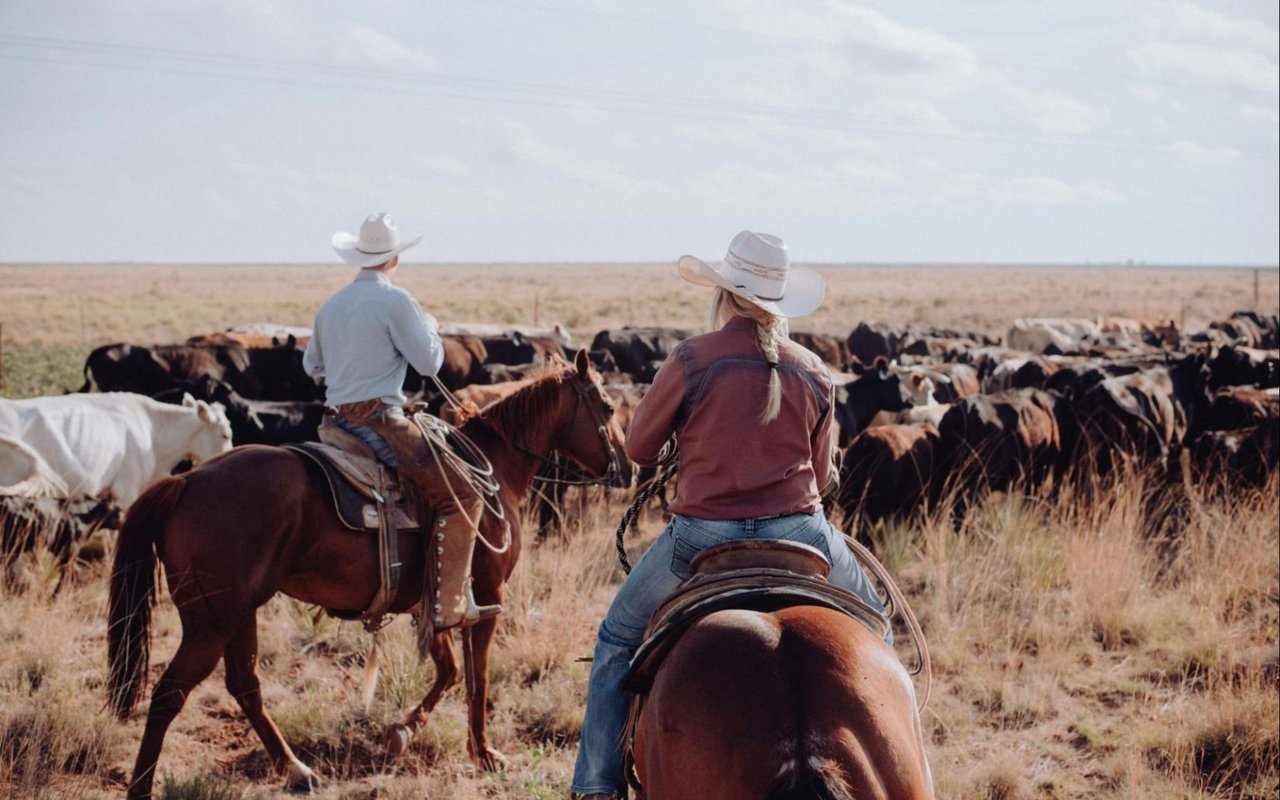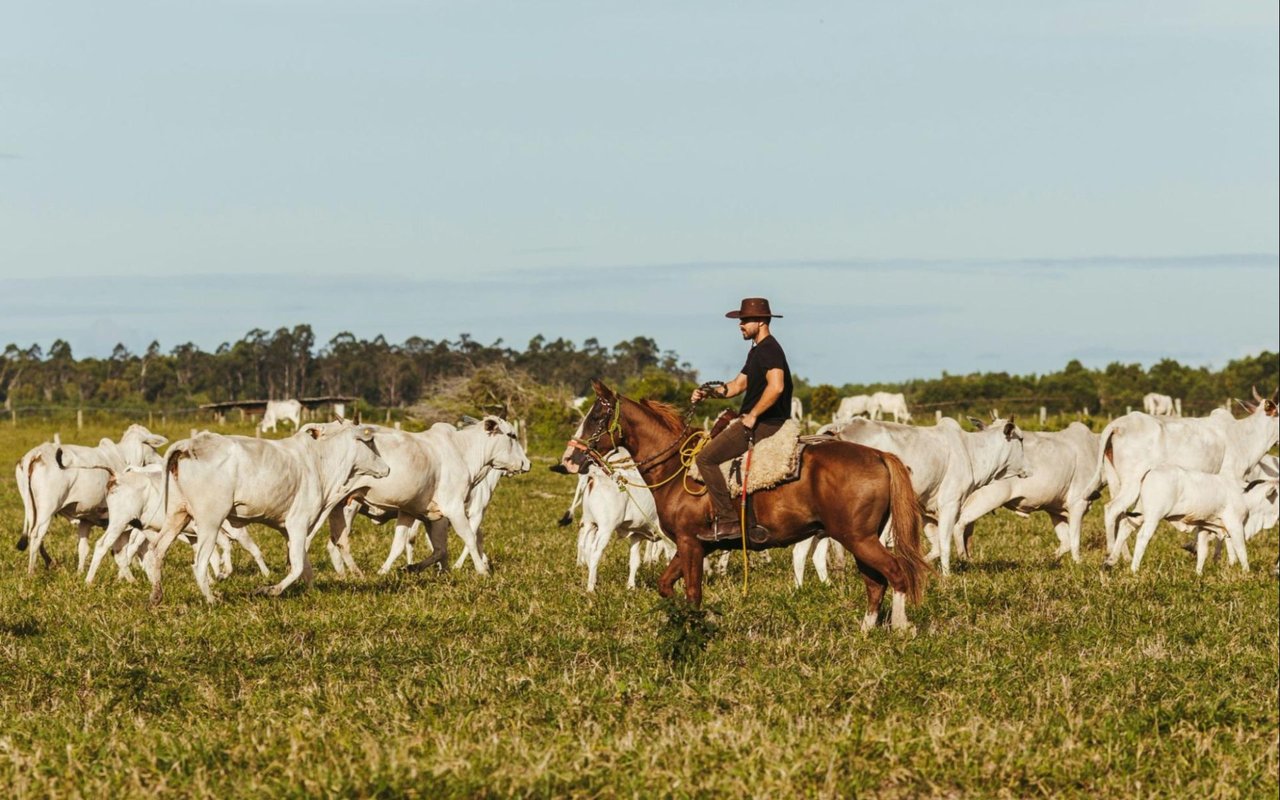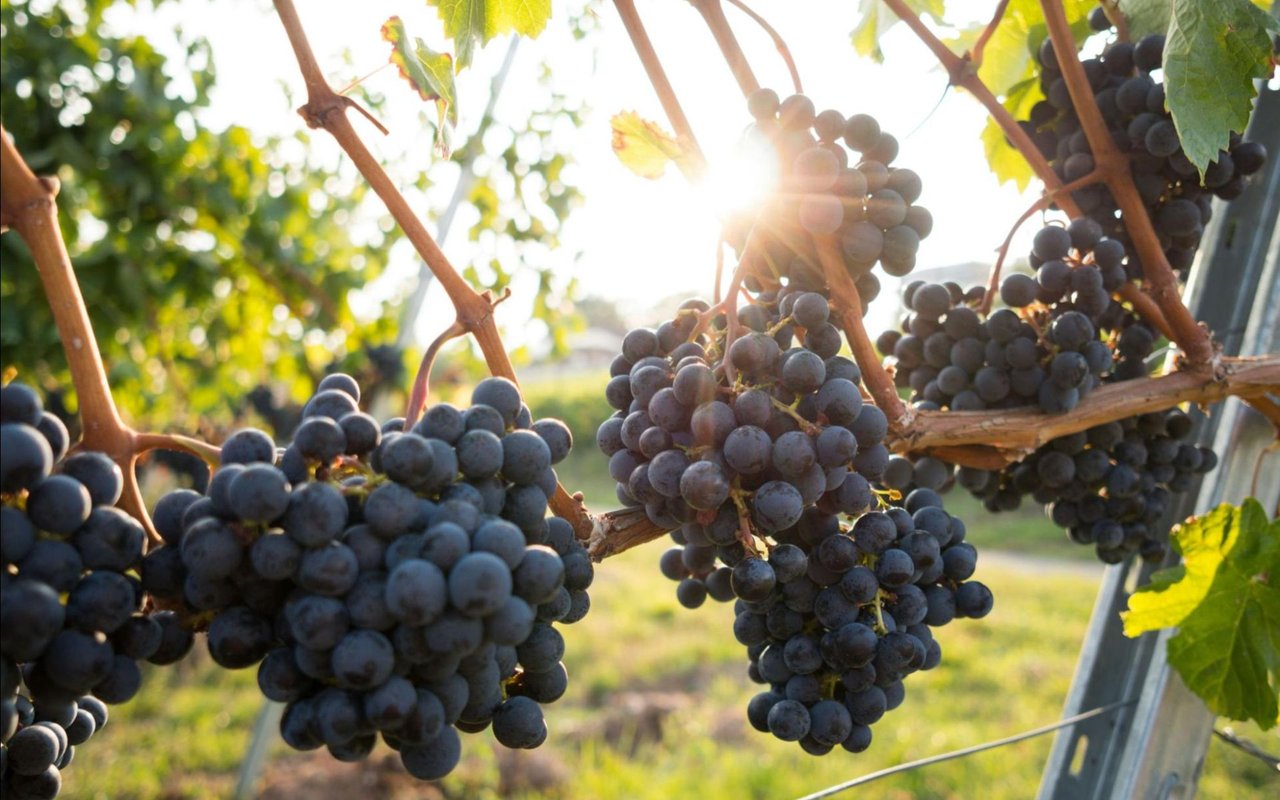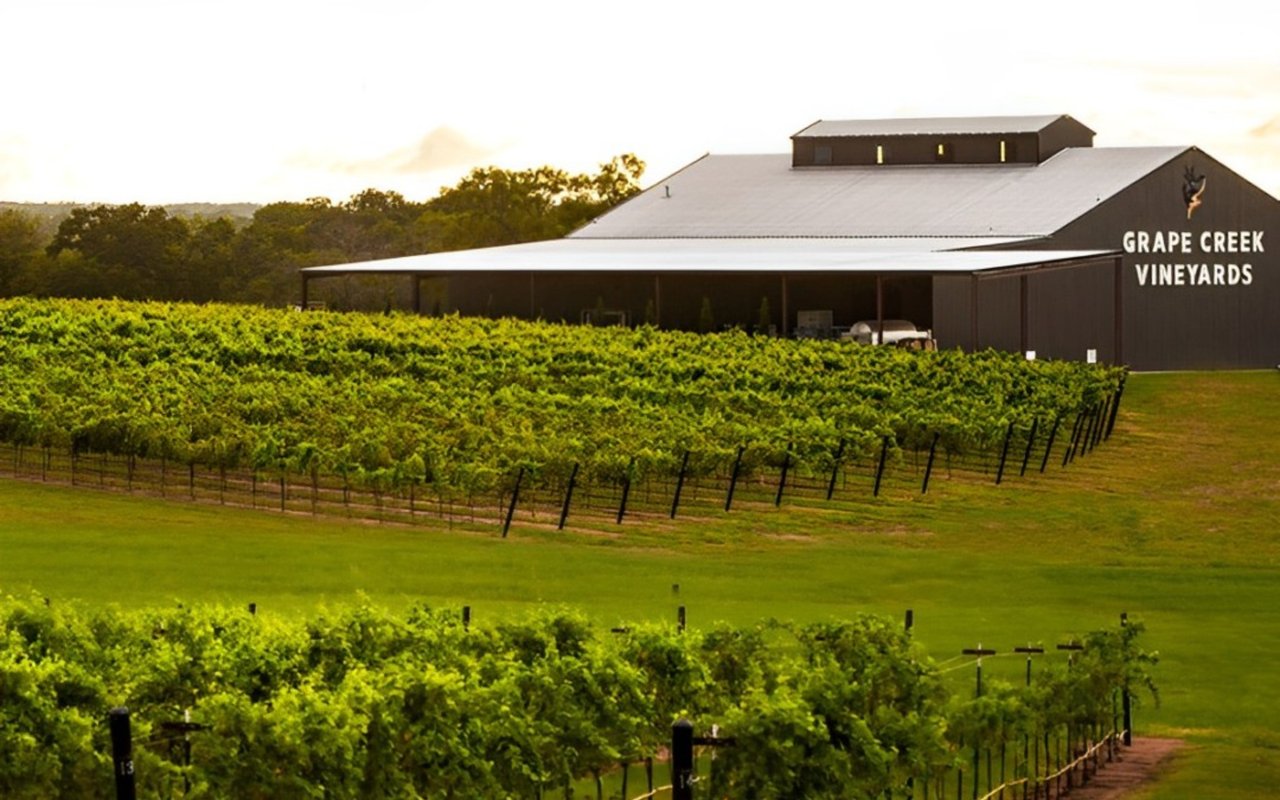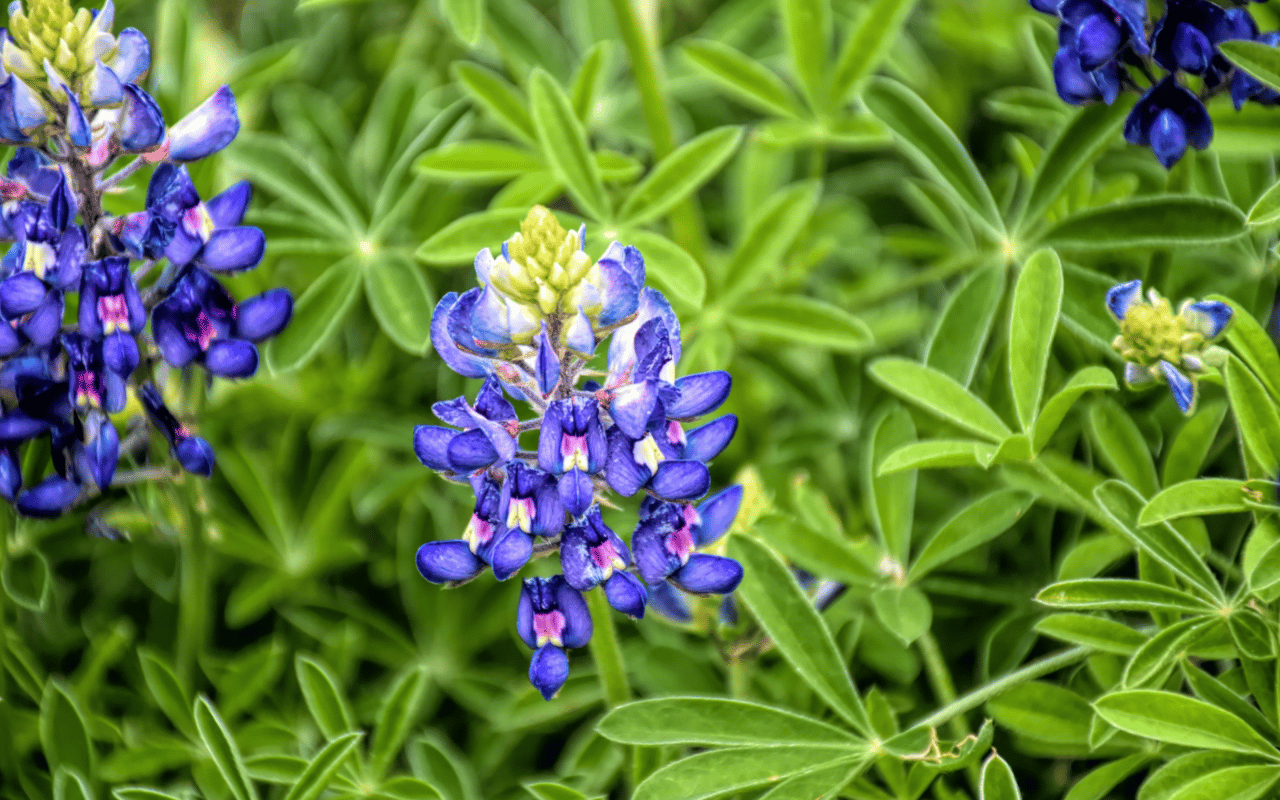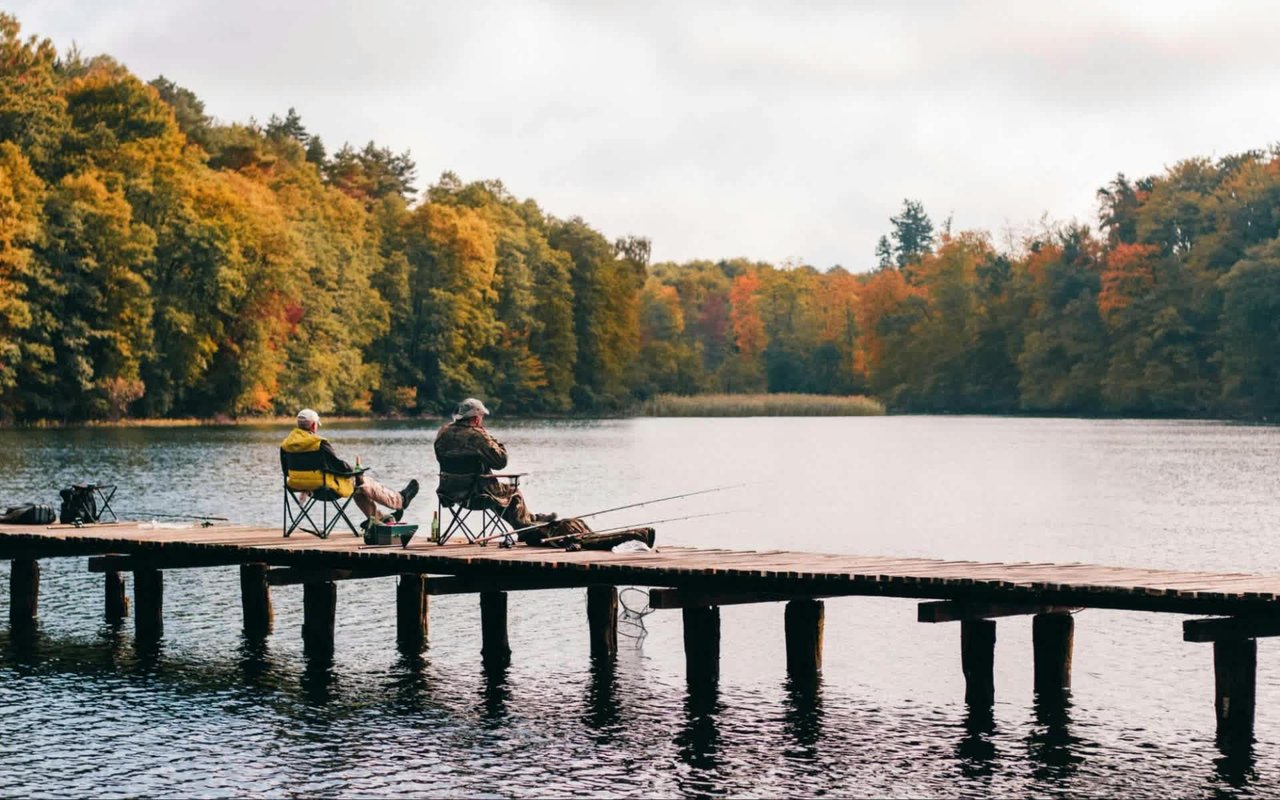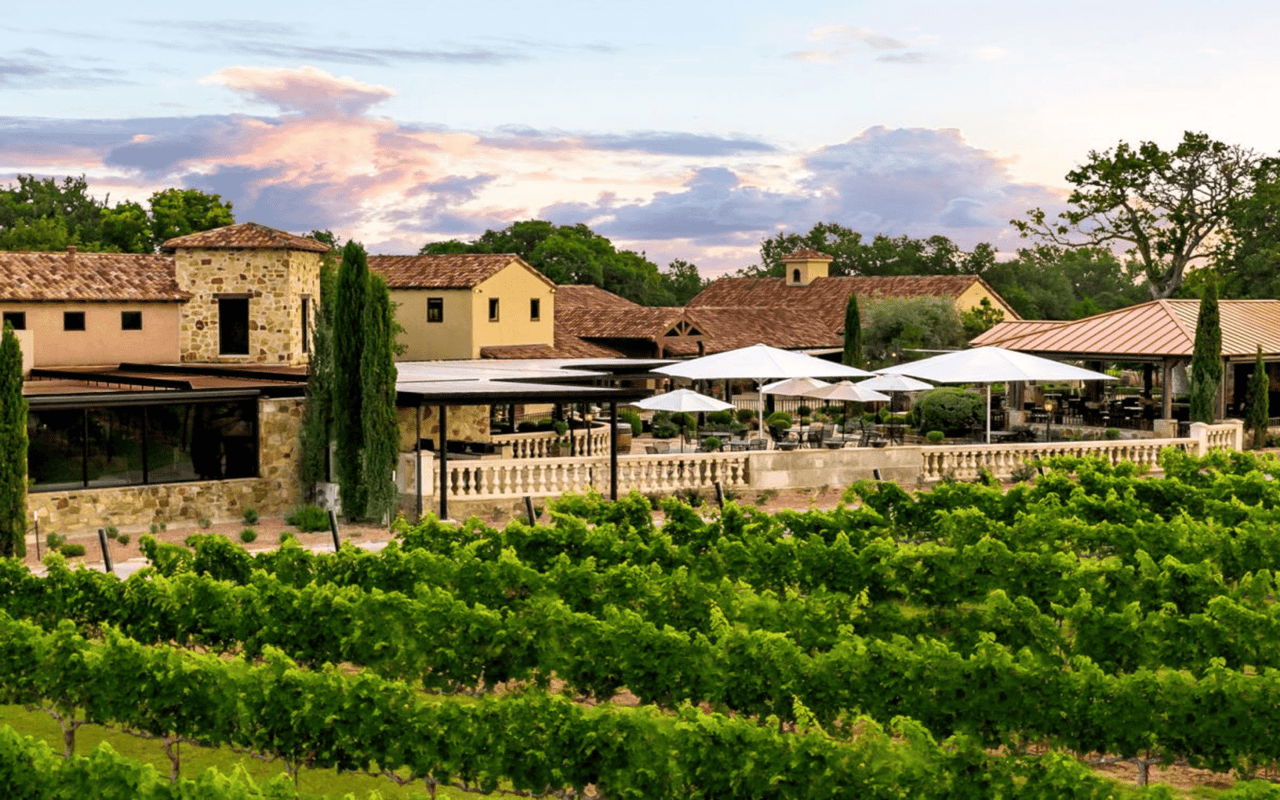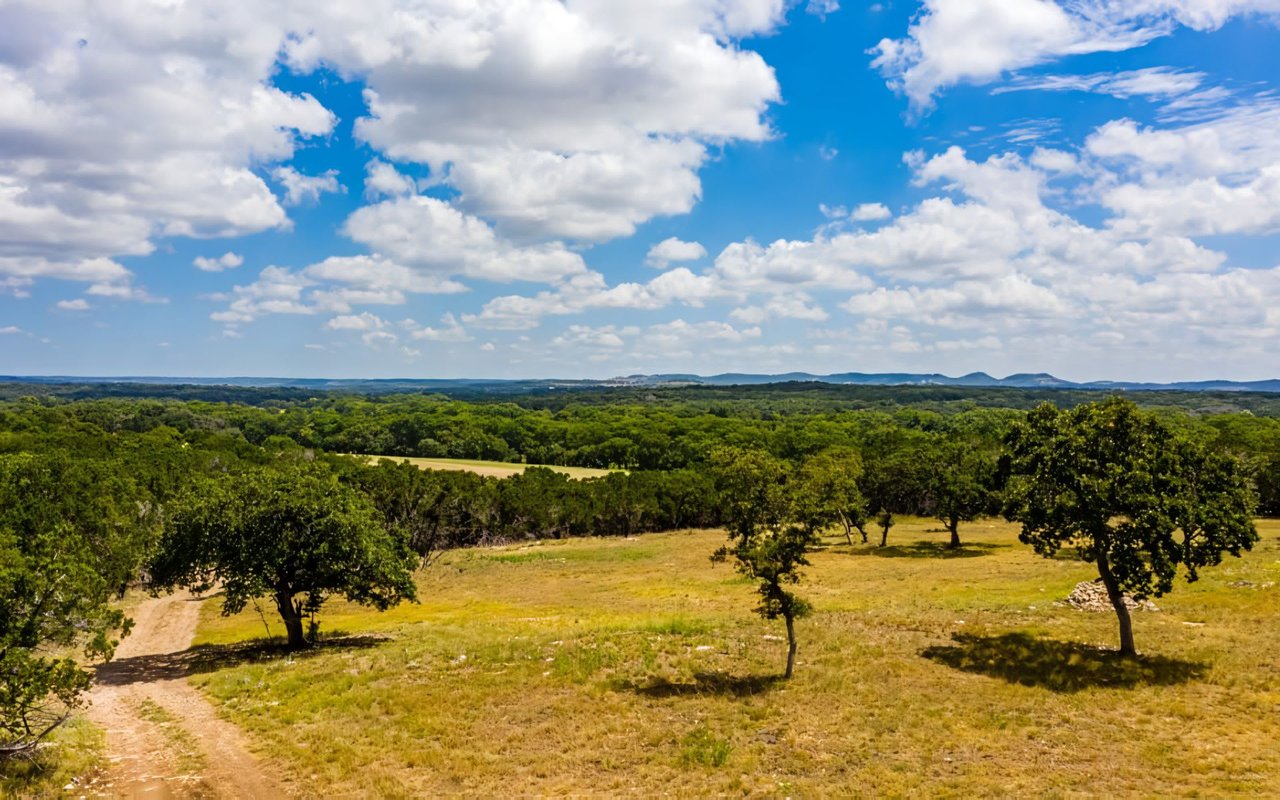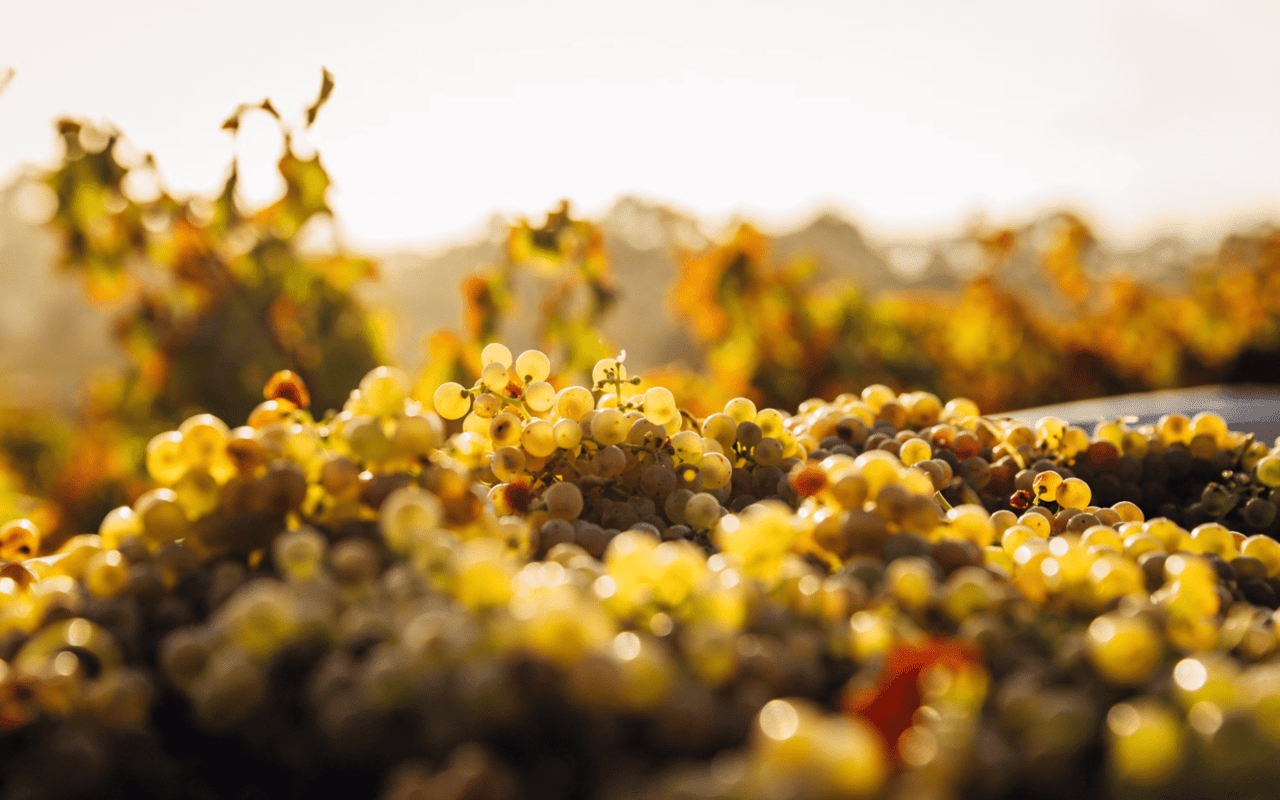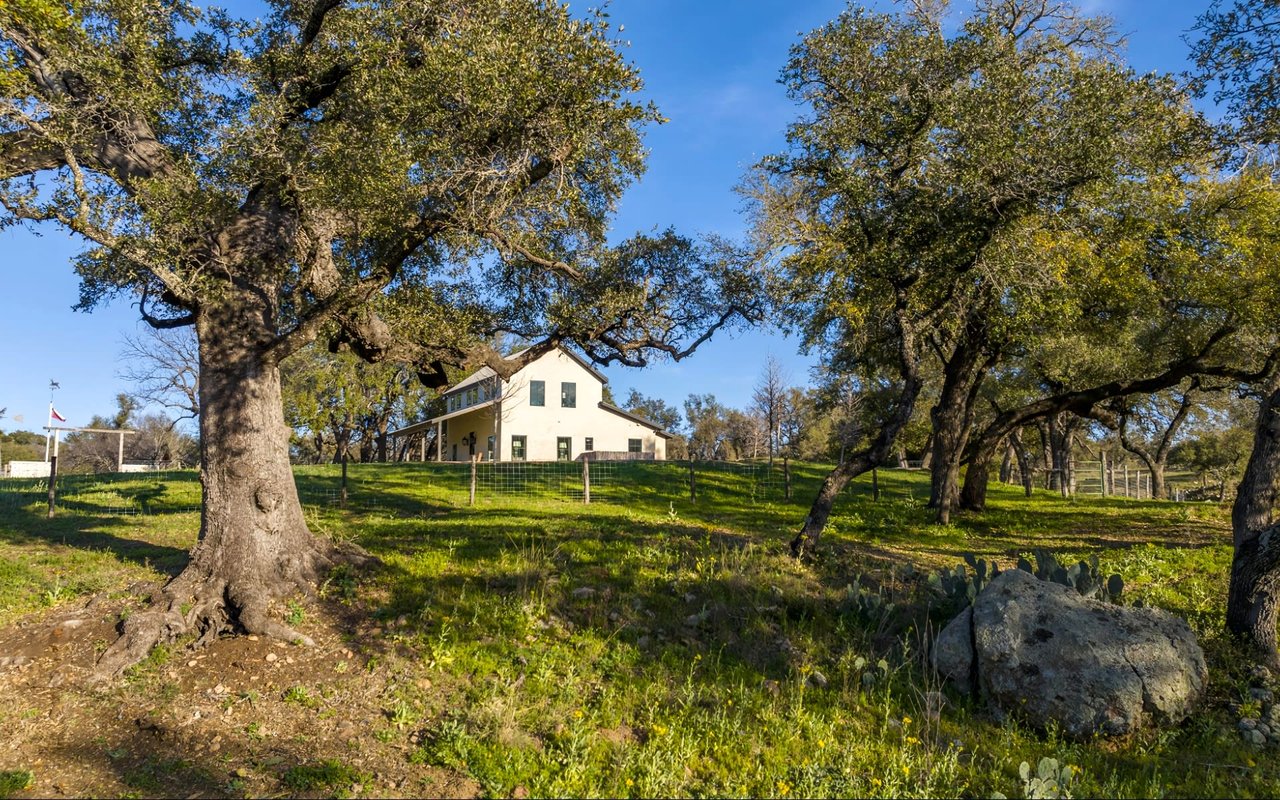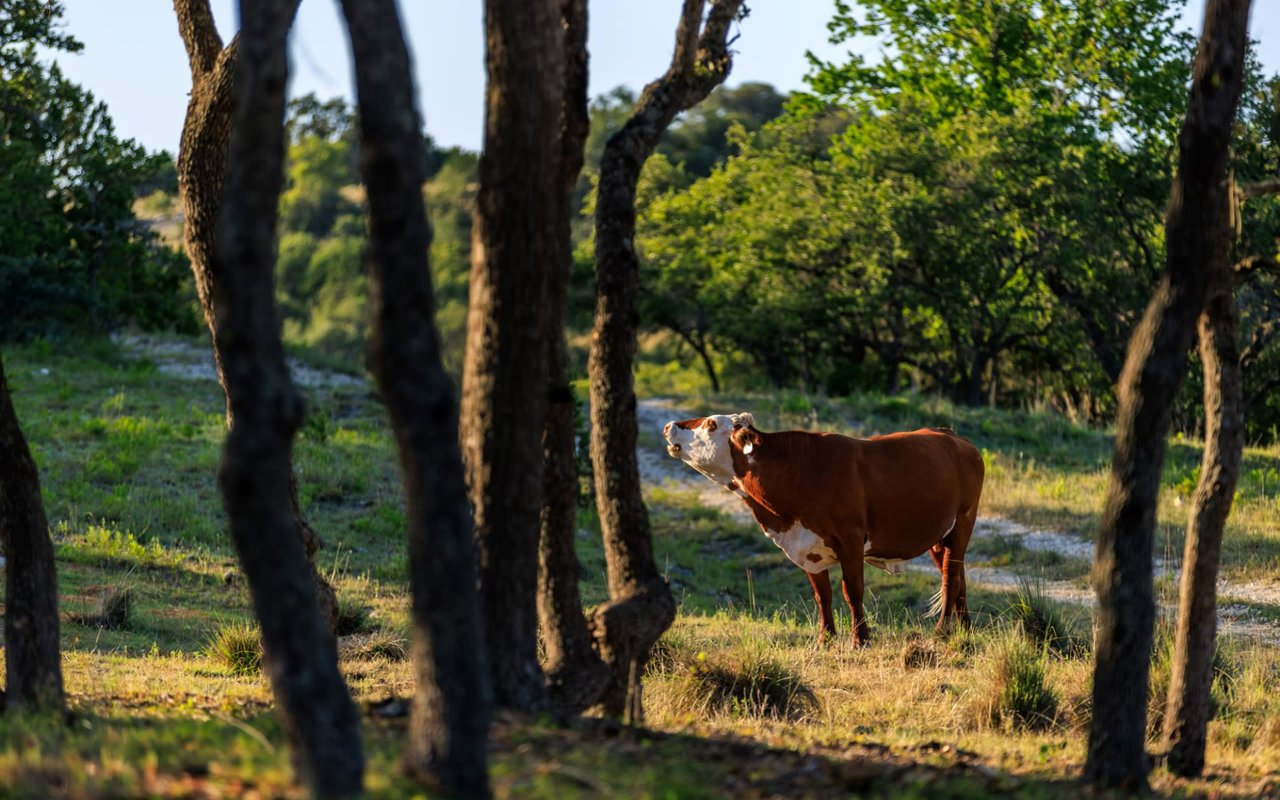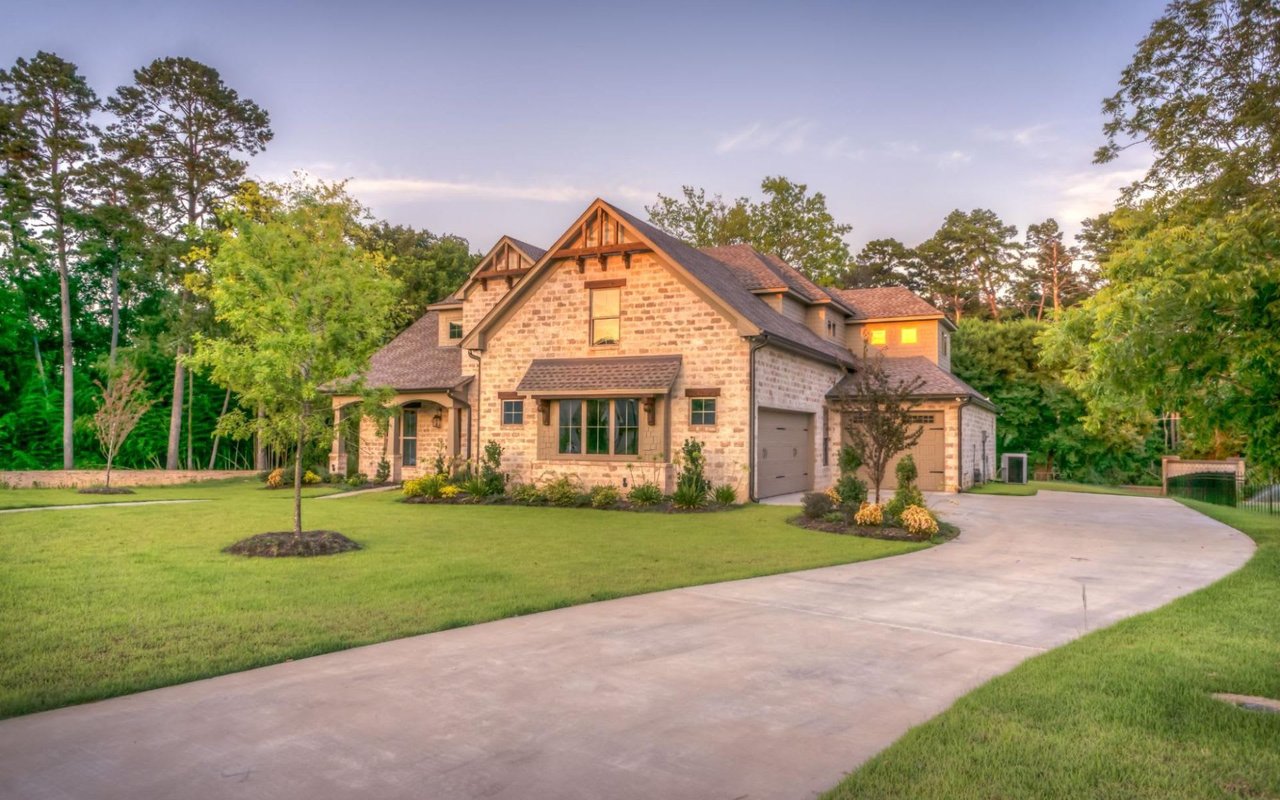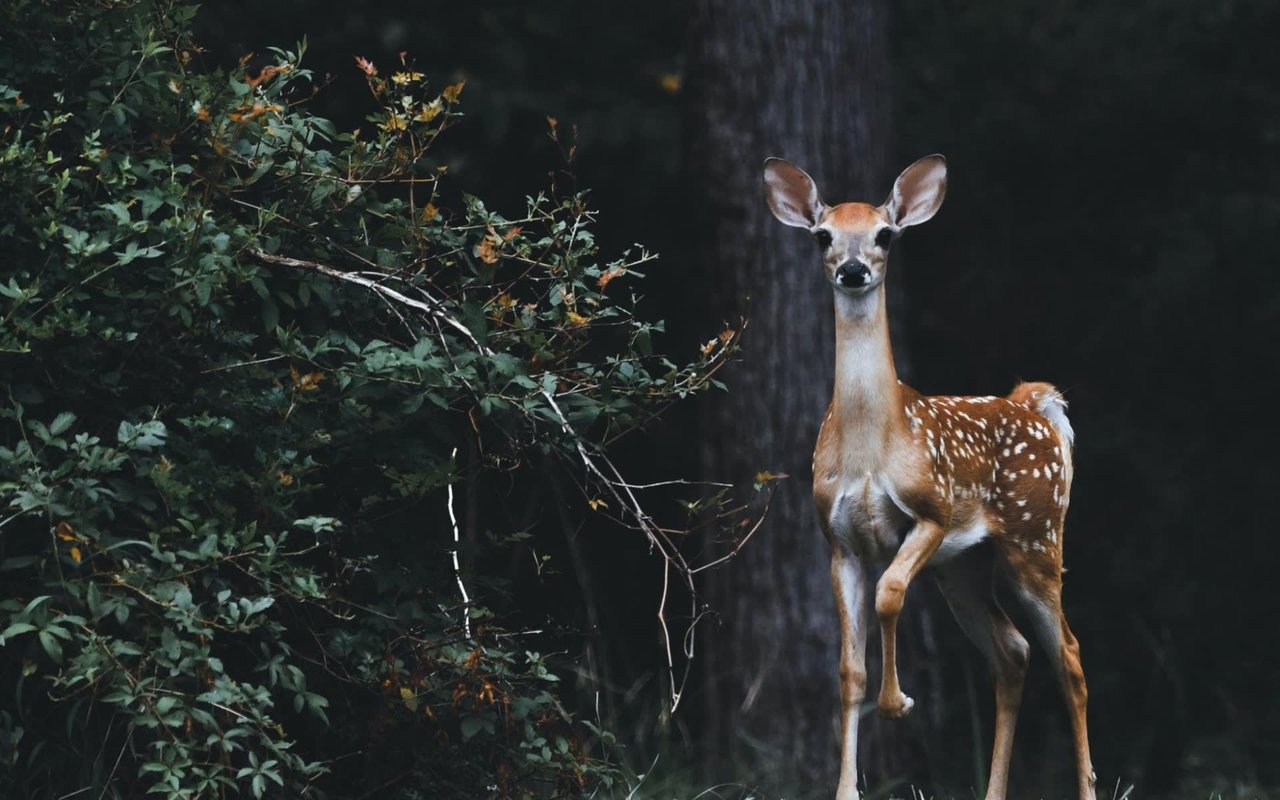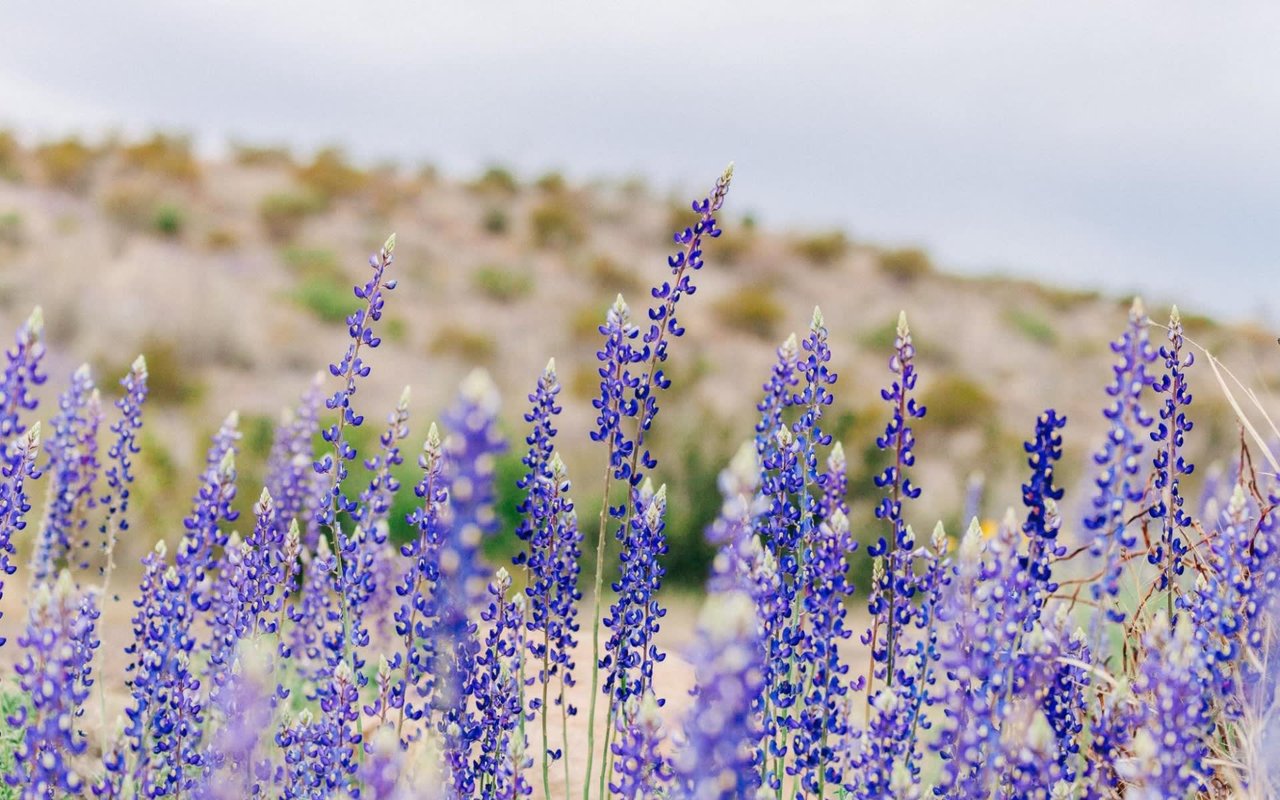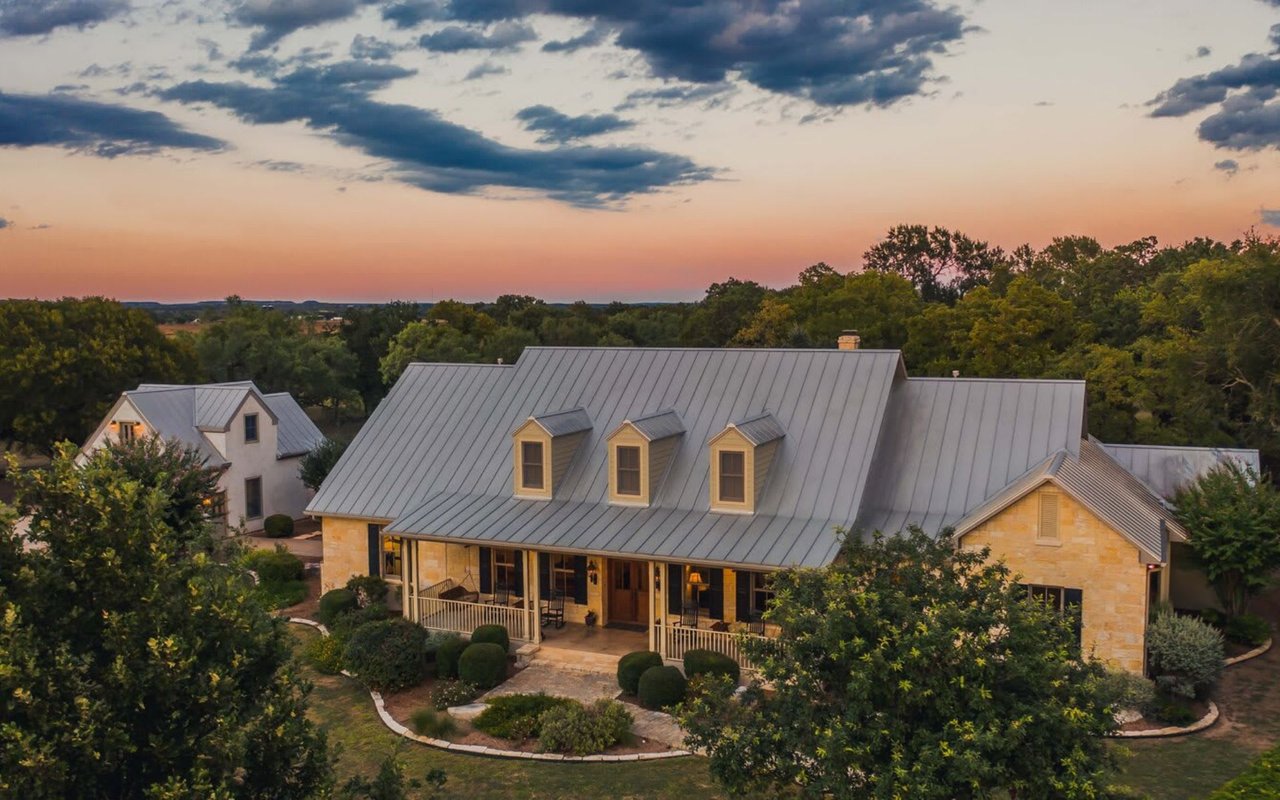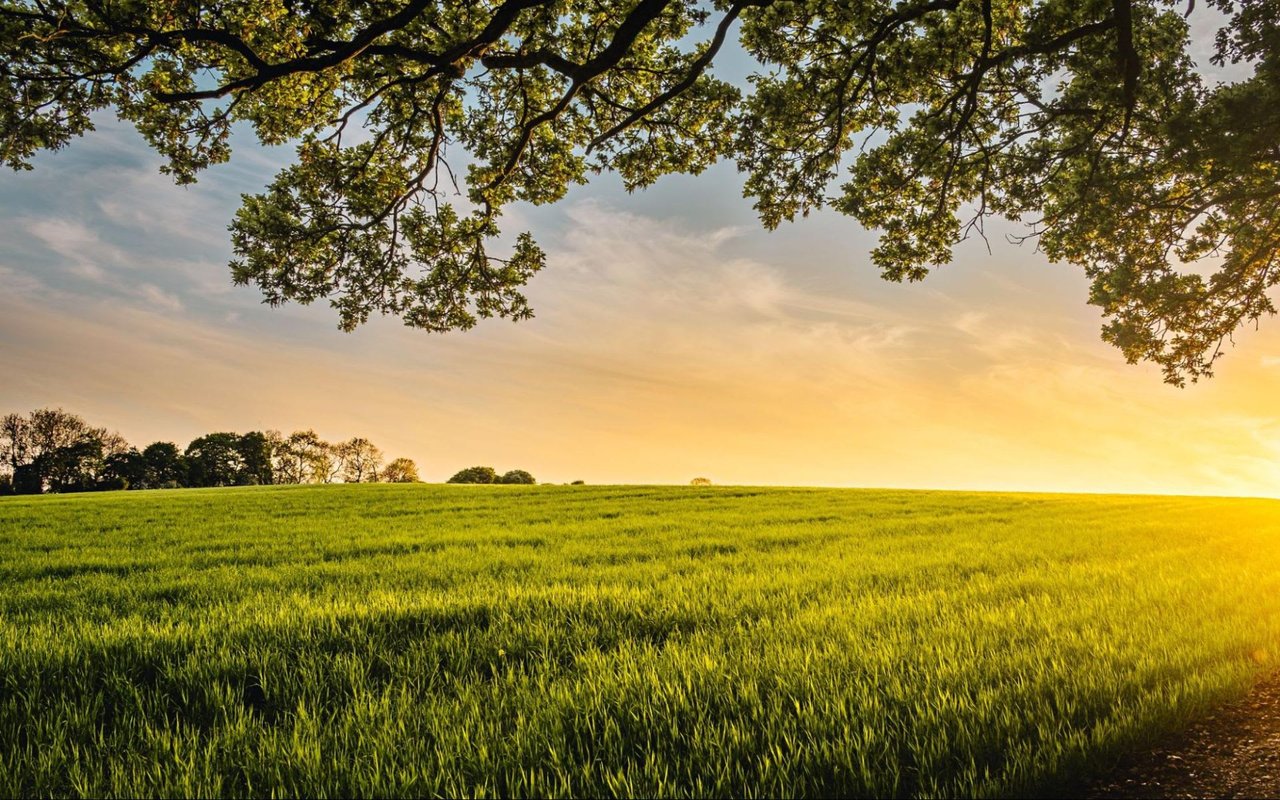Gardening in the Texas Hill Country presents a unique set of challenges, not the least of which is the abundant deer population. These graceful creatures are a delight to watch but can quickly turn a carefully cultivated garden into their personal buffet. For residents and property owners in this picturesque region, creating a deer-resistant garden is essential for maintaining a lush and vibrant landscape. This article explores effective strategies and plant choices to help gardeners protect their investments while enhancing the natural beauty of their surroundings.
Understanding the Deer Problem
Deer are a common sight in the Texas Hill Country, attracted by the region's rolling hills, abundant water sources, and native vegetation. However, their presence often leads to significant damage in gardens and landscapes. Deer are particularly fond of young, tender plants and are known to nibble on almost anything if food is scarce. Understanding their behavior is the first step in creating a deer-resistant garden.
Deer have certain preferences when it comes to plants. They are less likely to eat plants with strong scents, prickly textures, or bitter tastes. However, it’s important to remember that no plant is entirely deer-proof. Hungry deer may sample almost anything, especially during droughts or in winter when natural food sources are limited.
Selecting Deer-Resistant Plants
One of the most effective ways to deter deer is to choose plants that are less appealing to them. The following are some popular deer-resistant plants that thrive in the Texas Hill Country:
1. Texas Sage (Leucophyllum frutescens):
Also known as Cenizo, this evergreen shrub is a staple in Texas landscaping. Its silver-gray leaves and lavender flowers are not only beautiful but also unpalatable to deer. Texas Sage is drought-tolerant and thrives in the region’s rocky soil.
2. Lantana (Lantana camara):
Lantana is a hardy, low-maintenance plant that produces vibrant clusters of flowers in shades of red, orange, yellow, and pink. The plant’s strong scent and rough texture make it less appealing to deer. It’s also heat-tolerant, making it a perfect choice for the Hill Country’s hot summers.
3. Yucca (Yucca spp.):
Yucca plants, with their spiky leaves and tall flower stalks, are not only deer-resistant but also add a dramatic touch to any garden. They are well-adapted to the region’s climate and require minimal water once established.
4. Salvia (Salvia spp.):
Salvias, or sages, are a diverse group of plants that are known for their colorful flowers and aromatic foliage. Varieties such as Salvia greggii (autumn sage) and Salvia farinacea (mealy cup sage) are particularly well-suited for the Hill Country and are often avoided by deer.
5. Rosemary (Rosmarinus officinalis):
Rosemary is a versatile herb that can be used in cooking and landscaping. Its strong fragrance and needle-like leaves are unappealing to deer. Rosemary also thrives in well-drained soil and can withstand the region’s dry conditions.
6. Red Yucca (Hesperaloe parviflora):
Despite its name, Red Yucca is not a true yucca but shares many of the same characteristics, including deer resistance. Its arching leaves and coral-red flower spikes make it a striking addition to any garden.
7. Mexican Feathergrass (Nassella tenuissima):
This ornamental grass is known for its fine, feathery texture and graceful movement in the wind. Mexican Feathergrass is not only deer-resistant but also drought-tolerant and well-suited to the Hill Country’s climate.
Implementing Garden Design Strategies
In addition to selecting deer-resistant plants, there are several design strategies that can help protect your garden from deer:
1. Create Physical Barriers:
Fencing is one of the most effective ways to keep deer out of your garden. However, deer can jump high, so a fence should be at least eight feet tall to be truly effective. For a more aesthetically pleasing option, consider using a combination of fencing and dense plantings to create a natural barrier.
2. Use Deer Repellents:
There are various commercial deer repellents available that use strong scents or taste deterrents to keep deer away from plants. These products can be effective but often require reapplication, especially after rain.
3. Incorporate Hardscape Elements:
Adding elements such as stone walls, gravel paths, or raised beds can help deter deer by making it more difficult for them to navigate your garden. These features also add visual interest and can help define different areas of your landscape.
4. Plant in Layers:
By planting deer-resistant species on the perimeter of your garden, you can create a natural barrier that helps protect more vulnerable plants in the center. This layered approach can also add depth and dimension to your landscape.
5. Avoid Feeding Deer:
While it may be tempting to feed deer, especially in winter, this practice can lead to an increase in deer activity in your garden. Feeding deer can also disrupt their natural foraging behavior and lead to overpopulation.
Maintaining Your Deer-Resistant Garden
Once your garden is established, ongoing maintenance is key to keeping it deer-resistant. Regularly inspect your plants for signs of deer damage and adjust your strategies as needed. For example, if you notice deer browsing on a particular plant, consider replacing it with a more resistant species or relocating it to a less accessible area.
It’s also important to keep in mind that deer behavior can change over time, particularly in response to environmental factors such as drought or habitat loss. Staying vigilant and flexible in your approach will help you maintain a beautiful and thriving garden despite the presence of deer.
Partnering with Local Experts
For property owners looking to enhance their landscape while navigating the challenges of deer-resistant gardening, partnering with local experts can be invaluable. The Reata Ranch Realty Group, with its deep knowledge of the Texas Hill Country, offers insights and resources to help homeowners create stunning and sustainable gardens that harmonize with the natural environment.
Whether you’re starting from scratch or looking to improve an existing landscape, working with professionals who understand the region’s unique characteristics can save time and effort while ensuring the best results.
Transform Your Landscape and Property with Expert Guidance
Gardening in the Texas Hill Country requires a thoughtful approach, especially when it comes to dealing with deer. By selecting deer-resistant plants, implementing smart design strategies, and maintaining your garden with care, you can create a landscape that is both beautiful and resilient. With the right guidance and a little creativity, it’s possible to enjoy a lush garden that coexists harmoniously with the local wildlife.
For more information on how to achieve this balance, the Reata Ranch Realty Group is a trusted resource for property owners in the Texas Hill Country, offering expertise in both real estate and landscape design.
Ready to create a stunning, deer-resistant garden that enhances your Texas Hill Country property? Reata Ranch Realty Group offers the expertise you need to design a landscape that complements your home and withstands the challenges of the local environment. Whether you're buying, selling, or looking to improve your existing property, their team is here to guide you every step of the way. Contact them today to learn how they can help you achieve the perfect balance between natural beauty and practical solutions for your real estate needs.
*Header photo courtesy of Lakeway Garden Club
